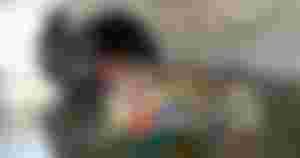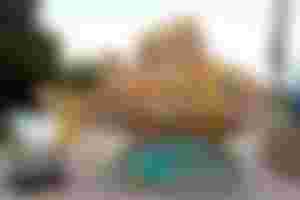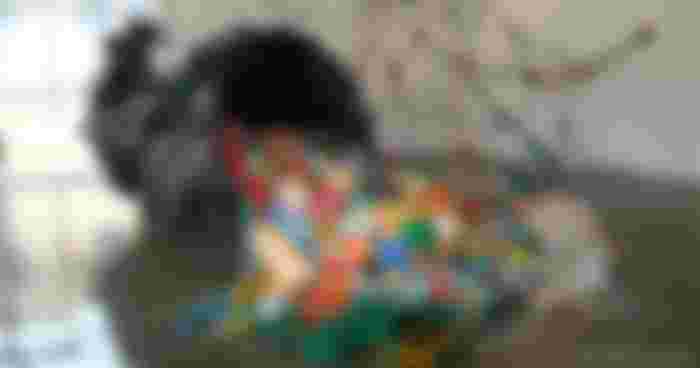Toss in the word plastic into a discussion and many will concede that managing the "plastic emergency" will be one of the primary difficulties of the XXI century. The wellbeing of our planet should be viewed appropriately and plastic contamination has skiped up — which is all well and good — the need list on the worldwide plan.
The last year absolutely didn't help. The endeavors we made disintegrated when our entire reality unexpectedly changed. The Covid-19 pandemic jumped the framework in the face causing expanded plastic contamination all throughout the planet because of the more noteworthy interest for individual defensive gear like covers, gloves and furthermore single-use bundling to ensure sanitation.
However our inner voice is by all accounts in the correct spot. Progressively more individuals are currently focusing on what they purchase and how it is stuffed. There is greater affectability about the measure of plastic that a family delivers and interest towards approaches to reuse plastic items and to allow them a subsequent life. Indeed, will this be sufficient?

"One individual's garbage is someone else's fortune". It's from this conviction that Artur Bordalo — also known as Bordalo II — chose to utilize trash and particularly plastic as the crude material for his fine art. Portuguese road craftsman brought into the world in Lisbon 34 years prior, he began devoting to this new imaginative experience back in 2013 with the introduction of his first junk creation in São Miguel, the greatest island in the Portuguese Azores archipelago. A goliath crab made of a boat's body and some vehicle parts. Solid and completely started from human waste, the shellfish is by all accounts guarding himself from the growingly materialistic and eager age of men and its unnecessary creation of stuff.
The customary innovative cycle normally begins with an idea that the craftsman then, at that point shapes into a piece of workmanship. Bordalo II's methodology works backward: to him the motivation to make something comes from the remaining parts of manufacturing plant creation, tires, ropes, disposed of holders and plastic containers. The point is to open individuals' eyes and bring issues to light about the insurance of nature, the conservation of species and the protection of our planet. Changed waste. Trash with another life.
His series of "Huge Trash Animals", portrayals of creatures for a huge scope, put him on the map globally, permitting him to bring his craft all throughout the planet as a major notice that, due to his works' size, is difficult to overlook. From Paris to London, Miami to Tahiti, Las Vegas to Ciudad del Carmen in Mexico, manifestations worked of trash occupy room, made of the very material that kills them.
Cutting, welding, collecting, sticking and painting on such huge surfaces permit us to take in the intricacy of his work and the actual work expected to rejuvenate each and everybody of his fine arts.
The most ideal approach to respect them is to remain far away and afterward continuously draw nearer as we would do with a pointillism painting of Seurat or Signac. To see the value in every segment and perceive how everything is a piece of an entirety.

The staggering greater part of studies led to date on plastic contamination has zeroed in on marine environments and Bordalo II's last two works — uncovered in Faro, Portugal, last April 9, 2021 — are an alarm for the safeguarding of seahorses in the beach front tidal pond of Ria Formosa, in the Algarve.
He decided to address two huge models of seahorses that are the image of the close by Natural Park and at risk for eradication. Indeed, creatures in danger of elimination or even effectively wiped out, are some of Bordalo II's #1 subjects. Provocative, expressive, enlightening.
His assertion advances the scrutinizing of what we are doing and where we are going once put before an obvious portrayal of our utilization propensities.
Ideally this can make us reexamine our way of life and look for choices to benefit the planet.
If by some stroke of good luck one animal groups could be smothered to save the wide range of various ones, would we do it? Without a doubt we ought to as, with mankind quenched, the wide range of various species in danger would be saved.
God willing it will not need to end up like that.

